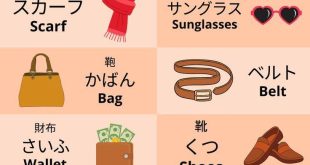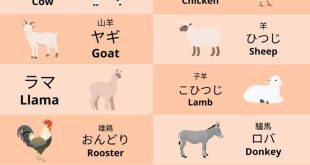る-verbs and う-verbs – Know the Difference in Japanese
Mastering verb types is to conquering Japanese conjugation! Here’s a super useful visual guide to help you tell apart る-verbs (Ichidan) and う-verbs (Godan).

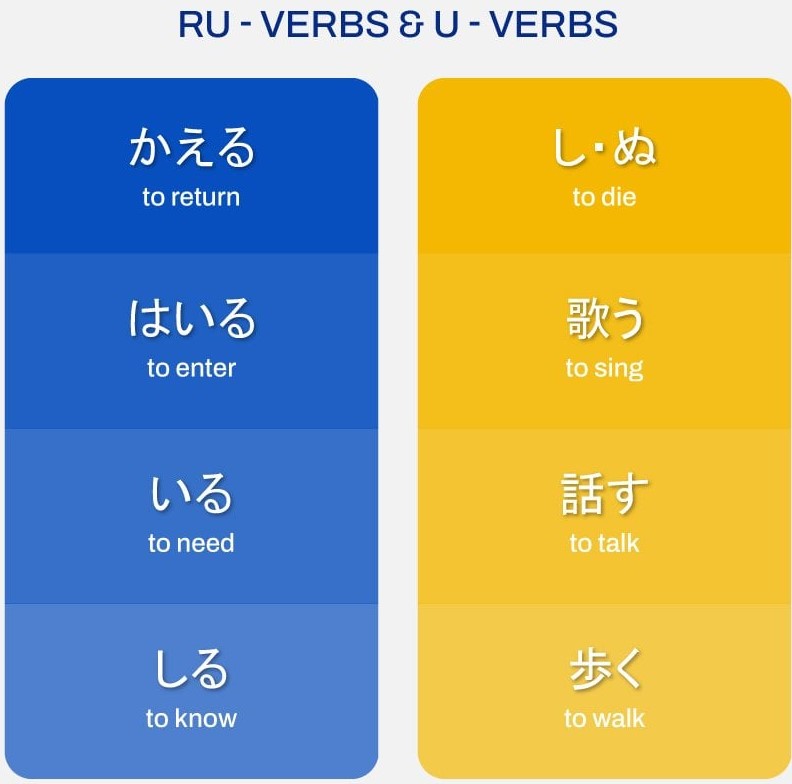
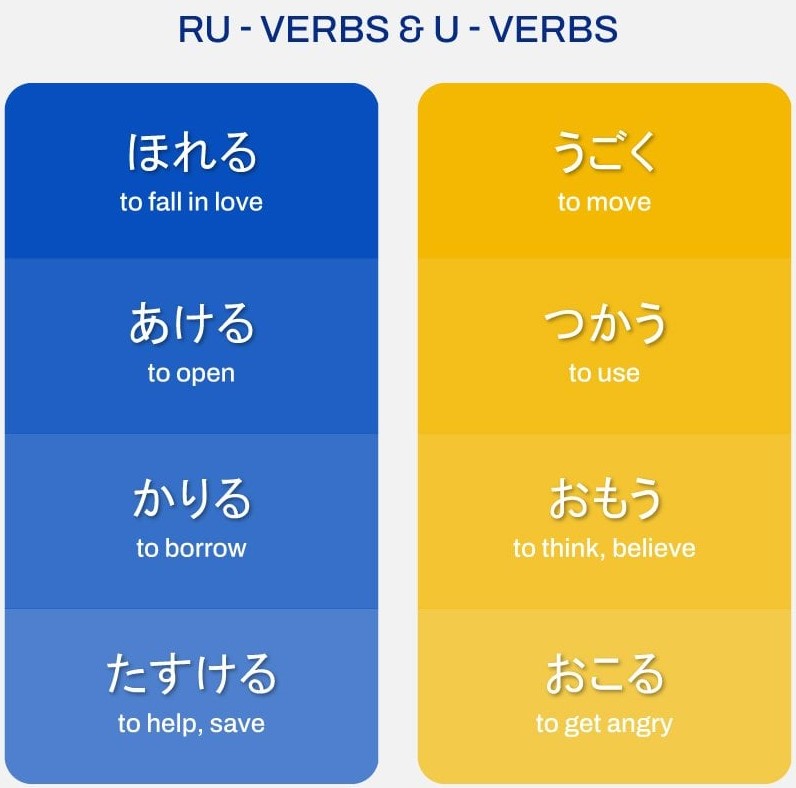

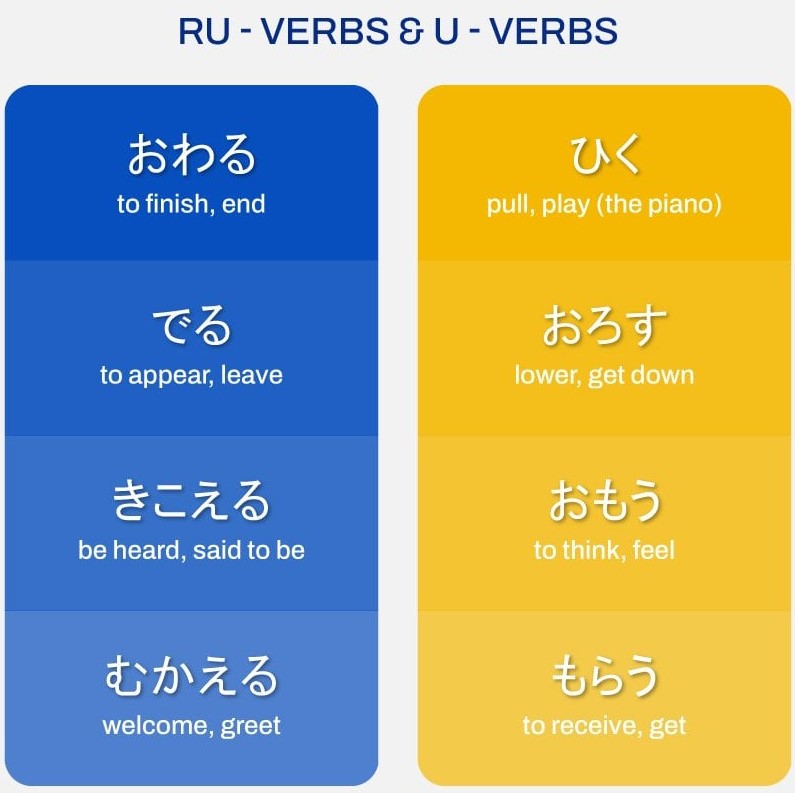

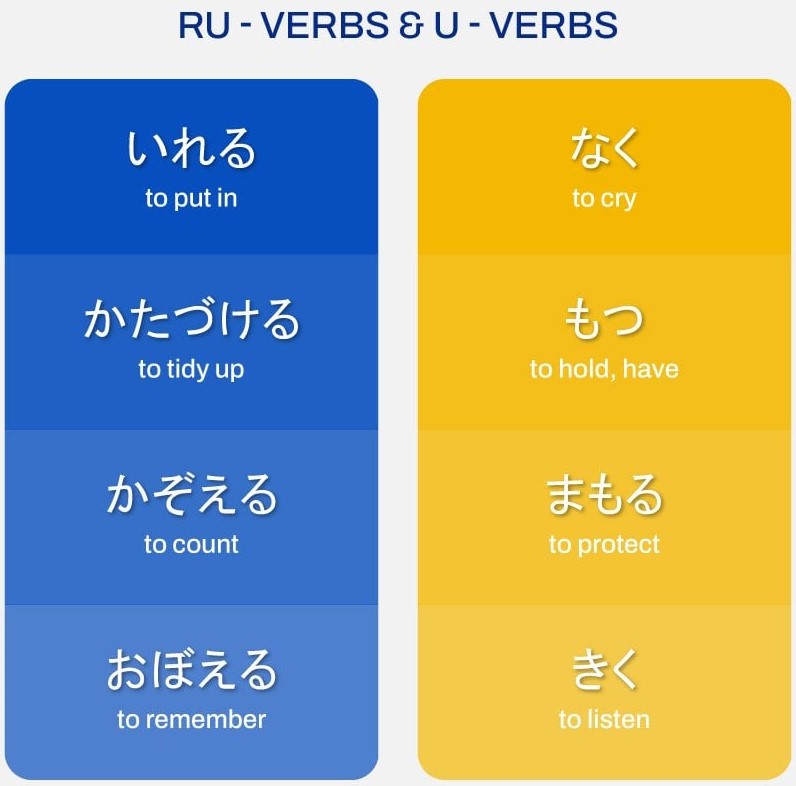
💡Why it matters:
Knowing whether a verb is る or う affects:
🔹 Conjugation (ます-form, て-form, plain negative, etc.)
🔹 Command form
🔹 Potential form
🔹 Past tense endings
🔵 Ichidan / る-verbs:
・End with る, and usually have a vowel sound before the る (like みる, たべる)
・Easier to conjugate!
✅ たべる → たべます
✅ おきる → おきます
🟡 Godan / う-verbs:
・Can end in る, く, う, etc.
・More varied endings and conjugation patterns
✅ はなす → はなします
✅ のむ → のみます
✅ およぐ → およぎます
⚠️ Be careful! Some verbs end in る but are actually う-verbs! (Like: かえる, はいる, しる)
Related Post:
Japanese Verbs with Particles に
List of Verbs in Japanese
 Learn Japanese
Learn Japanese




